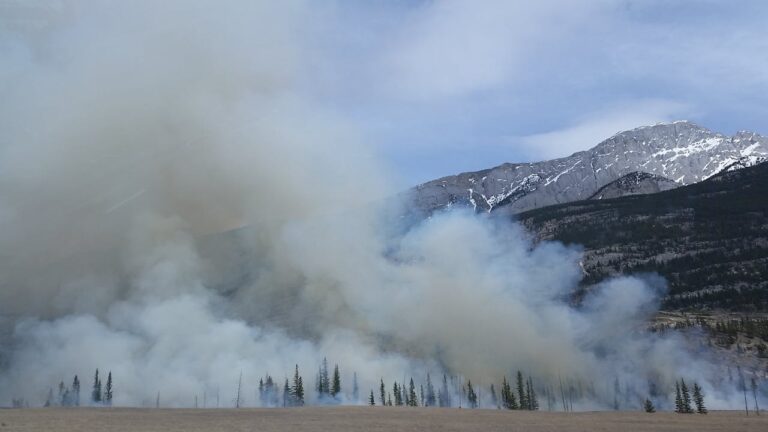
Southern California is no stranger to devastating wildfires, with its dry climate and Santa Ana winds creating ideal conditions for fire spread. As an EMT operating in this region, understanding wildfire incident response is essential for providing effective emergency medical care in high-stakes environments.
When wildfires break out, rapid response is critical to containing the blaze and protecting lives and property. As an EMT, your role may involve providing medical support to firefighters and residents affected by the fire. This could include treating smoke inhalation, burns, and other injuries sustained during evacuation or firefighting efforts.
Communication and coordination are key components of wildfire incident response. Collaborate closely with fire departments, law enforcement agencies, and other emergency responders to ensure a seamless and coordinated approach to incident management. Stay informed about evacuation orders and safety protocols to effectively navigate the dynamic and rapidly evolving wildfire situation.
Prevention is the best defense against wildfires. Educate community members about fire safety measures, such as creating defensible space around homes, practicing proper fire extinguisher use, and developing evacuation plans. By empowering individuals to take proactive steps to mitigate wildfire risk, we can reduce the likelihood of large-scale disasters and protect lives and property in Southern California.
In conclusion, wildfire incident response in Southern California requires a proactive and collaborative approach to effectively manage the dynamic and often unpredictable nature of wildfires. By prioritizing rapid response, communication, and prevention efforts, EMTs can play a vital role in safeguarding communities and minimizing the impact of wildfires on the region.